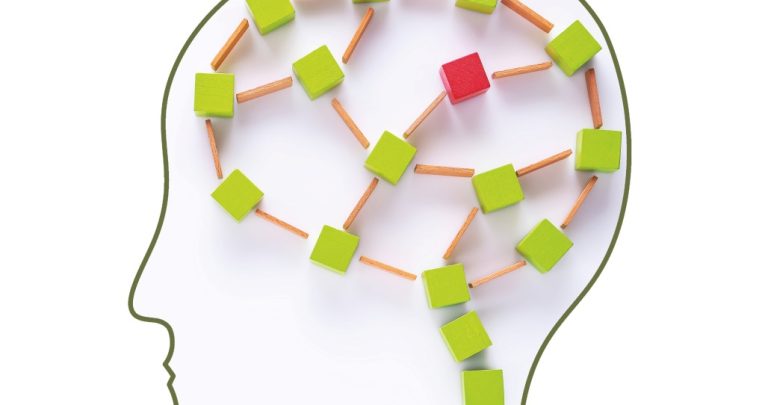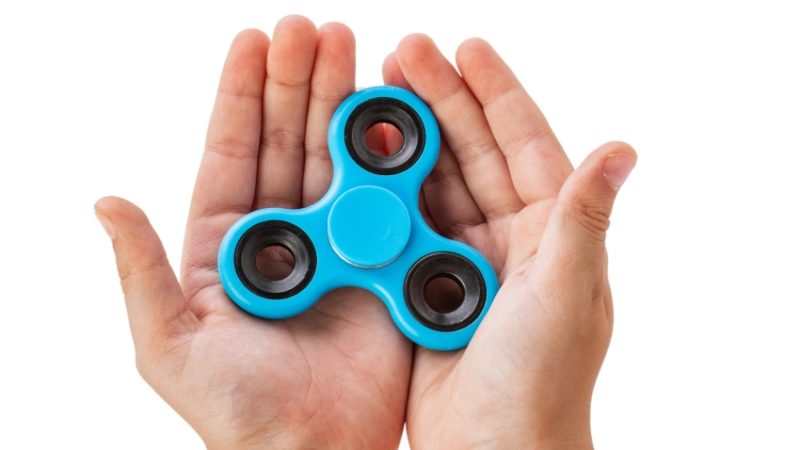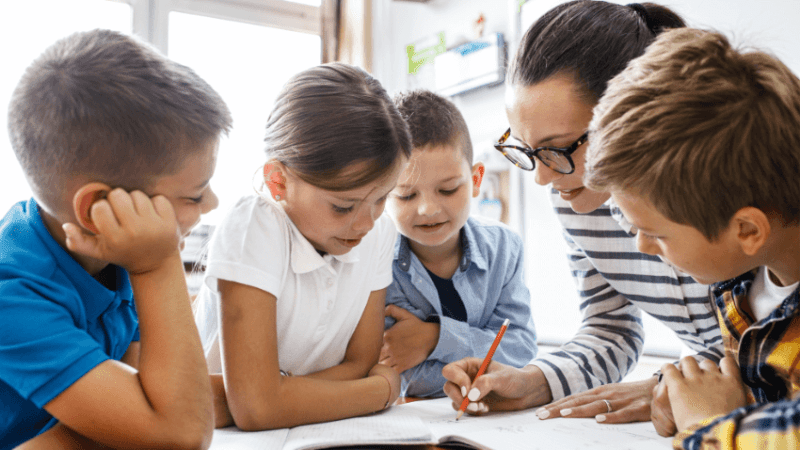Acquired Brain Injury and the KS2 to KS3 transition

Louise Wilkinson examines how KS2 to KS3 transitions can be complicated by the symptoms of acquired brain injury…

- by Teachwire

The transition from KS2 to KS3 is a challenging time for many children, but can be especially difficult for those who have an acquired brain injury.
An ABI is an injury to the brain that takes place after birth, and after a period of normal development. The injury can be acquired by accident, through illness (such as meningitis, encephalitis or hydrocephalus), a childhood stroke, a tumour, oxygen deprivation, non-accidental injury (when a baby is shaken, for instance) or poisoning.
The age at which a child acquires their injury will have an impact on their future learning ability. Since the brain doesn’t complete maturation until a person is in their mid-20s, many issues relating to their prior injury may unfold during the time that they’re in KS3 education – something referred to as the ‘sleeper effect’.
Unseen diagnosis
The nature and extent of injuries to children’s brains may not always be known for several reasons. Following admission to hospital for an accident or illness, families may be advised that the child has made a ‘full recovery’. This may be true clinically, yet due to the sleeper effect, how do we know at this point what, if any, neurological injury might have occurred?
Many children with ABIs aren’t diagnosed as having one, since parents aren’t always informed about the possibility of them occurring after head injuries (even mild concussion) or illness. Difficulties that do later emerge can often be misdiagnosed as traits of autism, ADHD, dyslexia, dyspraxia or some other neurological condition.
By their nature, primary schools tend to more pastoral and less demanding than secondary schools (see ‘KS3 complications’). Many of the issues a child might experience following an ABI can therefore be potentially masked during their KS2 years. These might include cognitive and executive functioning (in terms of the speed and ease with which they can process information), basic problem solving, social play and relationship building.
A child’s transition to KS3 will necessarily involve them having to plan more, as they acquire greater levels of independence and responsibility. They will also soon start to become conscious of differences throughout their peer group in terms of physical and social maturity, as well as cognitive ability. Children who have an ABI will not always be self-resilient enough to cope with these differences, which can in turn negatively impact upon their self-esteem and confidence. It’s not unusual for children as young as 11 or 12 to be treated for depression following an ABI.
Executive functioning
One key neurological development occurring around the time of transition to KS3 relates to executive functioning – a child’s ability to plan and organise. This can impede the ability of many young people with an ABI to plan and complete homework, solve problems, prioritise tasks and remember which books and equipment they’ll need for a given school day. When at school, these issues can then extend to the child’s ability to navigate their way around the building and assess how long it will take them to complete certain tasks.
In many settings, non-compliance with policies relating to classroom punctuality and completion of classwork will lead to sanctions, including detentions. This may in turn cause frustration and potentially provoke anger and aggressive behaviour; as far as the child is concerned, they’re trying just as hard as they always have, yet for reasons they don’t realise or comprehend, they’re being admonished more frequently than before.
In some cases, this can lead to a downward spiral of defensive and oppositional behaviours for which the school may have to subsequently exclude the child. Other areas of difficulty likely to be encountered during transition by children with an ABI include the following:
Social skills
The child may only be able to see and engage with existing friends at break times, rather than during class, and some friends that previously knew and understood the child may now attend different schools. ABIs can also drive changes in personality that make it harder for children to forge new friendships.
Attention and concentration
There are more opportunities at KS3 for children to become distracted by their environment and other students. A child may also receive less support with staying on task and less detailed explanations as to what’s expected of them.
There will be a large amount of new learning to focus on and many new subjects, the combination of which may overload the child and cause them to simply ‘shut off’ from lessons.
Fatigue
Following an ABI, a child’s brain may have to route signals around the injured area in order to reliably process tasks and complete activities. The size and layout of their new secondary school will require the child to navigate a more complex space, with the act of walking around this physically larger environment likely to increase their levels of fatigue.
There may also be less acceptance and understanding of these fatigue issues at KS3 than in the more pastoral environment the child will previously have been accustomed to.
Memory
Many children with an ABI will have memory difficulties, which makes remembering names a huge issue – to say nothing of the large volume of new information and details the child will have to remember while studying various new subjects.
Communications
Because of how their neurological pathways will have undergone a degree of ‘rewiring’, it will typically take longer for a child with an ABI to process information than the rest of the class. The upshot can be that they won’t understand what they have to do and feel reluctant to ask for help.
Behaviour
Displays of frustration at these new challenges can be perceived by unaware teaching professionals as negative behaviours that will need to be addressed through standard school sanctions. It should be noted that any such sanctions ought to be applied in line with the child, rather than the level of misdemeanour. The behaviour of a child affected by an ABI will be their way of telling you that they’re struggling.
The Child brain Injury Trust offers many short e-learning sessions that will provide school staff with further information and strategies for supporting children and young people, all of which are free of charge
Get informed
The Child Brain Injury trust, in partnership with nasen, has produced a free ABI mini guide titled ‘Childhood Acquired Brain Injury: The hidden disability.’ Aimed at the education profession, this 24-page document contains practical school-based support strategies, insights from young people and parents and details of recent academic research. The guide can be downloaded here.
Louise Wilkinson is head of information and learning at the Child Brain Injury Trust.











